Responsibility - Environmental Responsibility
ENVIRONMENTAL RESPONSIBILITY
We recognise that we are accountable for our impact on Mother Earth.
We are constantly reviewing our business practices to reflect this; working on reducing our carbon footprint, working with natural materials, eliminating all plastics from our packaging and shipping processes and ensuring we can continue to provide sustained livelihoods for our artisan partners.
In order to scale our social and environmental impact, we partner with the non-profit organisation One Tree Planted to plant trees in crucial reforestation projects around the world.
With every product sold, we plant a tree. When a Pampa Rug or Print is purchased, we are able to plant 5 trees, and 1 tree for every other Pampa piece.
READ MORE
One Tree Planted runs reforestation projects around the world, in the same places Pampa has its roots: Australia, Latin America and the U.S. This reflects our desire to not only offset our emissions, but to be environmental stewards in the areas where we work and advocate for our local environments. It’s a meaningful partnership for us and an important part of our efforts towards building a better, healthier future for our planet. The latitude and longitude coordinates (respectively) for the projects we have chosen as company to plant trees are:
THE MATERIALS WE USE
Pampa respects resources by working with natural materials. We are very thoughtful at the time of selecting new materials to work with and always take into consideration the critical situation of our planet’s resources.
Wool
We love wool, especially sheep and llama’s wool which we use in all our handwoven rugs and textiles. Wool on its own is a natural, breathable and renewable fibre with low environmental impact and provides warmth and comfort to any room. All of our rugs are made from 100% hand-spun sheep wool, except for our intricate weave rugs which have a hidden internal cotton warp, which amounts to 3% to 4% of the fibre used in these rugs.
Most of our throws, ponchos and scarves are woven with llama’s wool, which is amazingly soft and luxurious. Some collections are a blend of llama wool, sheep’s wool and cotton.
Our cushions are all handwoven with 100% sheep’s wool, except for the Porteño and Puna cushions, which have the underside made of fabric from a local Argentinean supplier and then finished by a very small group of tailors.
The inserts we use inside of our cushions are filled with a PET fibre which is derived from cleaned and recycled water bottles. For every kilogram of PET fibre produced, more than 70 water bottles can be saved from going into landfill or potentially our oceans.
Leather
More recently, we began to work with Argentinean leather. Since Argentina is renowned for its leather, it was only a matter of time before we began working with this versatile material for Pampa. Leather production in Argentina has gained notoriety worldwide for its high quality, traceable origins and the use of traditional techniques, we are very proud to include it in our offering as a celebration of craftsmanship and the empowerment of cultural traditions.
The leathers we source are all vegetable-tanned using natural elements and are shaped, handled and finished by artisan groups. It is treated with great care and respect, alongside the artisans we appreciate how special and valuable a material this is. The leather we use is a by-product of the cattle industry, meaning it would otherwise go to waste if not used.
The leather for our Porteño chairs and swings and bags is specifically sourced for us from an area known as Las Pampas, just south west of Buenos Aires. We work closely with a small team of craftspeople who have been working with leather for generations. Their Elders pass knowledge and skills down to the younger generations who seek employment and the values of learning a trade.
The goldsmiths who make Pampa bracelets have also worked with leather for decades. They are passionate about preserving traditional and ‘gaucho’ style designs that can be seen on the talismanic, silver pendants they make (these can be found on some of our Ponchos too).
We love the way that this kind of natural leather ages, much like a good wine. It will accumulate small marks and variations that add authenticity and document the beauty of the aging process.
Chaguar
Chaguar is a natural fibre from a plant that looks very similar to aloe vera, which grows in the bush in the Litoral region of Northern Argentina. It is used by the Wichî indigenous community, who have been weaving with chaguar for centuries.
Cotton
We’ve also introduced summer ponchos woven with 100% cotton, as they are hypoallergenic, breathable and much lighter than llama’s wool. The cotton we use in our blended ponchos is by-product cotton that was otherwise going to waste, so we are making good use of it.
Dyeing
We work with natural dyes for colour as much as possible. Not only do they reflect our aesthetic, but they also have minimal environmental impact. Our colours are derived from mostly plant matter: such as bark, leaves, fruit & vegetables, ash and other elements that are sourced from the surrounds of the weaver’s homes.
For some of the brighter, more intense colours we occasionally use, (such as blues and reds) these are produced from mineral dyes that we source for the weavers from a supplier in Buenos Aires.
Many of our garments don’t use dyes at all, and are simply woven from virgin wool. These are the pieces which we celebrate the most as they have even less environmental impact. For example, our classic Puna throws which come in natural, light brown, tobacco and black are woven from 100% virgin llama wool that have simply been cleaned, spun and woven. All of our grey and natural wool cushions are also 100% virgin wool.
PACKAGING
We aim to be as plastic free as practically possible.
Our products are mostly handmade with no machine use, which is rare in modern production, but we wanted to do our best, and so reviewing our packaging was the obvious next step.
For our smaller, less fragile items we package them in compostable courier satchels made from corn starch. These can be used in home or commercial compost and will break down in worm farms. We also use larger compostable bags in place of plastic bags to protect bigger items inside boxes when needed (usually only with international shipments).
Some products come in calico market bags made from 100% cotton. These are reusable, washable and also made in Argentina by a small factory in Buenos Aires. These are much more expensive than a plastic option, but we like to provide work for another small business who is helping reduce permanent waste on the planet.
The leather labels stitched onto many of our rugs and textiles are made from offcuts from our leather bags.
Water Activated Tape is used where applicable in place of regular plastic tape. This is non-toxic, solvent and chemical free, and is a 100% recyclable alternative. Eco-stickers and labels made from recycled paper are also used in place of the usual plastic option.
Almost all of the packaging materials (such as boxes and compostable bags) which are used to transport products from Argentina to Australia are reused to send out orders to final customers. This means we have practically zero waste from all of our importation into Australia.
CIRCULARITY
At Pampa, we are passionate about creating products from natural and sustainable materials that are designed to last, as well as to provide our clients with options to extend their lifetime through reuse or repair. We are continually working on and evolving our practices to extend the longest life possible to our products, minimising waste production and reducing our environmental effects.
FINE ART PRINTS
Our fine art prints are printed with a local family run business just outside of Byron Bay. We have worked with them for over 5 years now and absolutely love working with them. We print on 100% cotton rag paper, and ship them packaged in Australian made cardboard tubes to destinations all around the world. As of yet, we haven’t been able to find an alternative to the plastic end caps on these shipping tubes, but we are actively looking for a solution that will not put our fragile prints at risk of damage.
TRANSPORT
The products that are produced in remote Argentina travel by local bus services from the closest town to the weavers, to our office in Buenos Aires.
In our exportation from Argentina to Australia and the rest of the world, we are now selecting to pay an additional amount for each delivery with UPS to offset the shipment via their carbon neutral program. They partner with Natural Capital Partners to do so, you can find more info here.
We are currently looking into moving all of our domestic AusPost deliveries to a carbon neutral delivery service.

 Shop All Rugs
Shop All Rugs
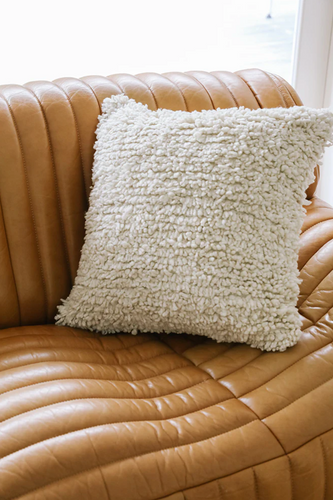 Shop All Cushions
Shop All Cushions
 Shop All Prints
Shop All Prints
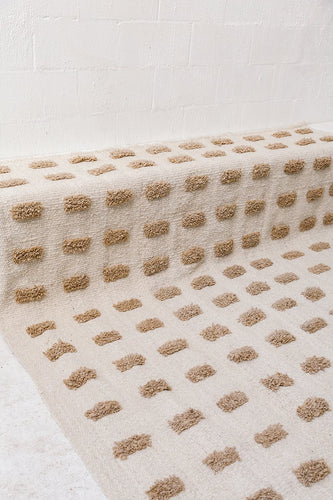 Shop Made To Order Rugs
Shop Made To Order Rugs
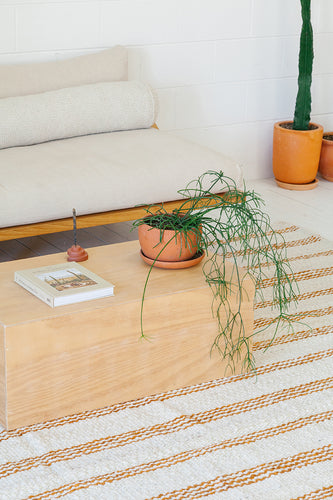 Shop Ready To Ship
Shop Ready To Ship
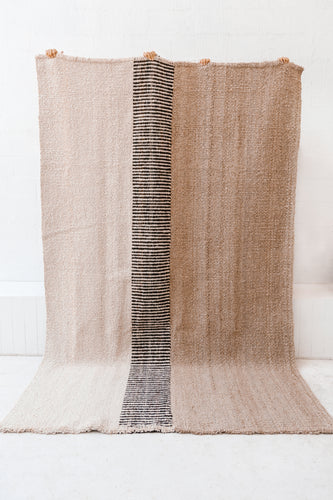 Shop All Rugs
Shop All Rugs
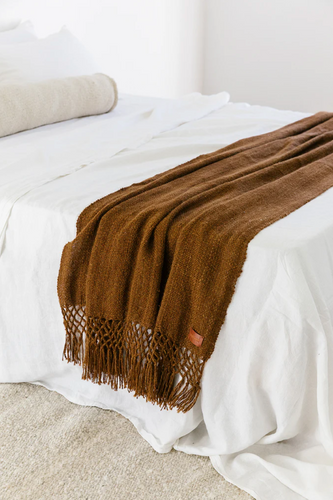 Shop Bedding & Throws
Shop Bedding & Throws
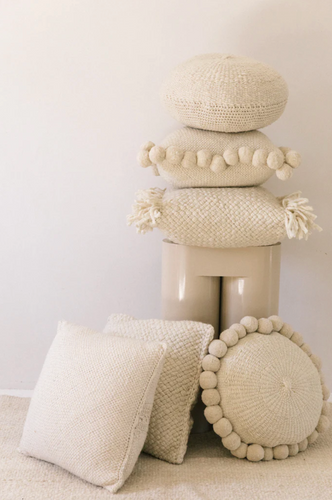 Shop Cushions
Shop Cushions
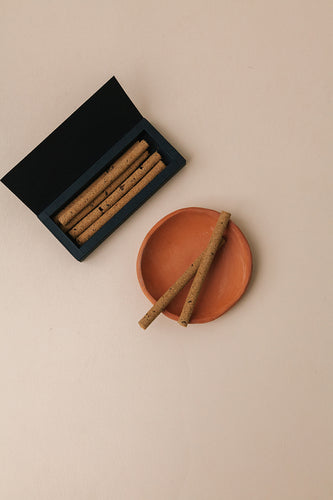 Shop All Homewares
Shop All Homewares
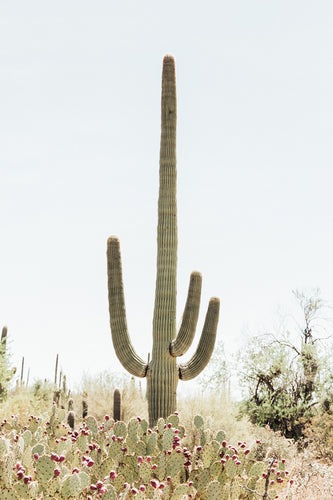 Shop Cactus Prints
Shop Cactus Prints
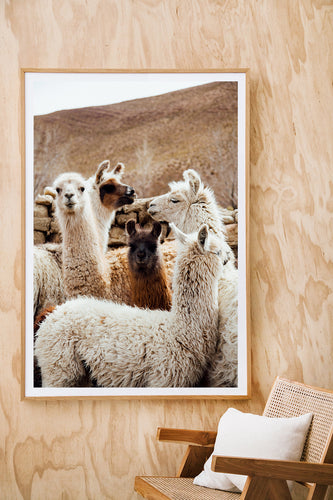 Shop Animal Prints
Shop Animal Prints
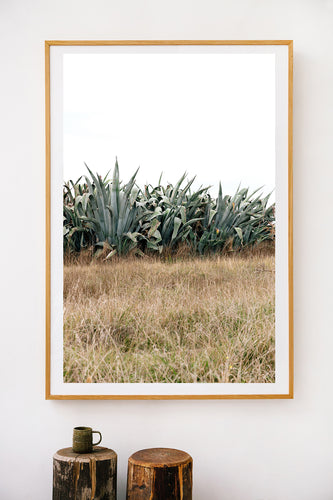 Shop All Prints
Shop All Prints
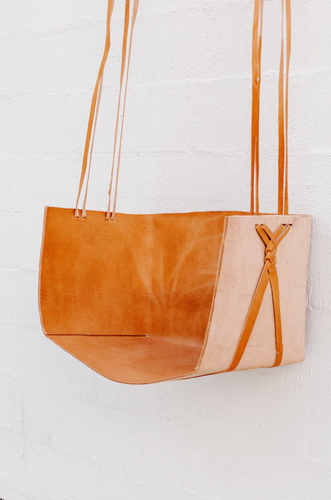 Shop Swings & Hammocks
Shop Swings & Hammocks
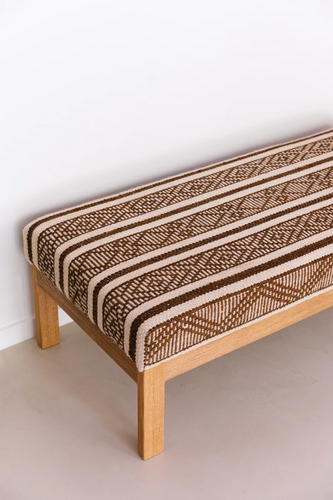 Shop Ottomans
Shop Ottomans
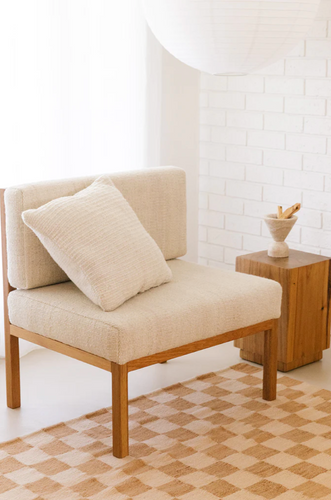 Shop All Furniture
Shop All Furniture
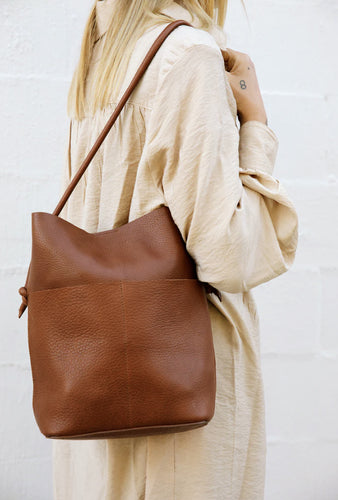 Shop Porteno Leather Bags
Shop Porteno Leather Bags
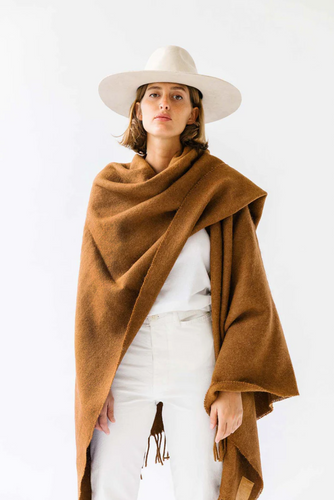 Shop Puna Ponchos & Scarves
Shop Puna Ponchos & Scarves
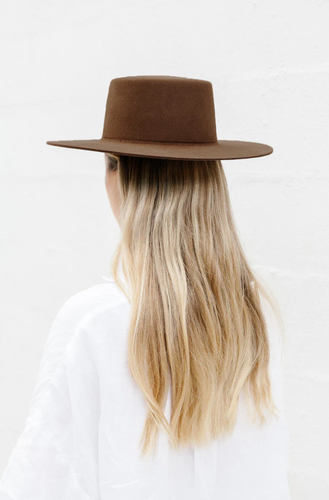 Shop All Wear
Shop All Wear
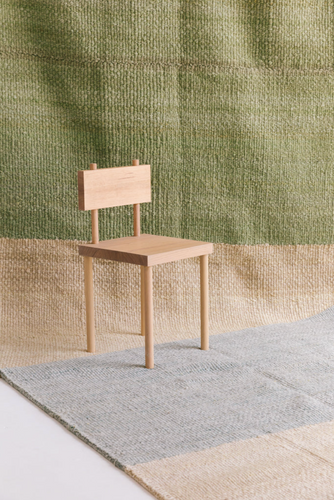 Shop Sale Rugs
Shop Sale Rugs
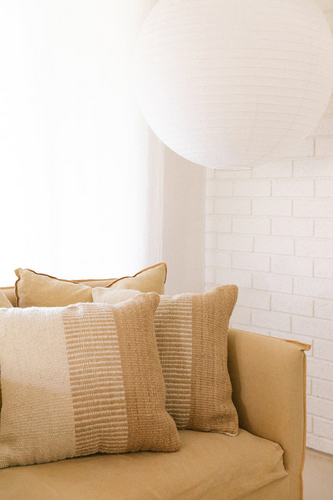 Shop Sale Cushions
Shop Sale Cushions
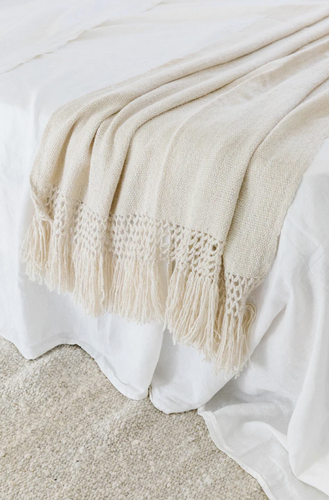 Shop All Sale
Shop All Sale
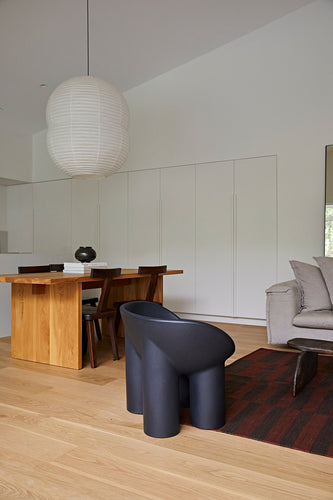 Mi Casa
Mi Casa
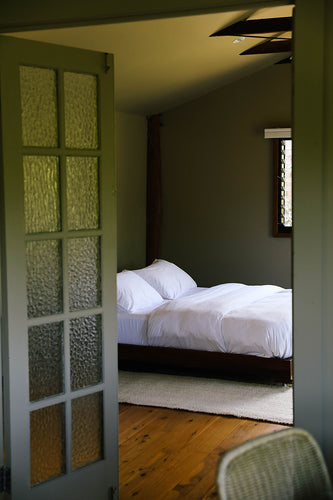 Stay
Stay
 Woman
Woman
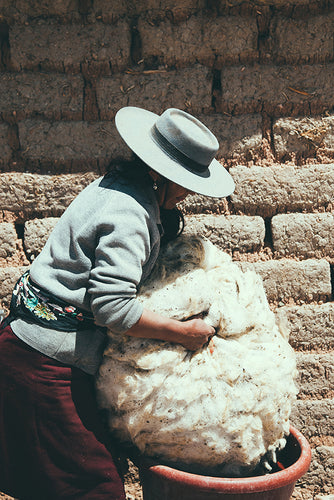 B Corp
B Corp
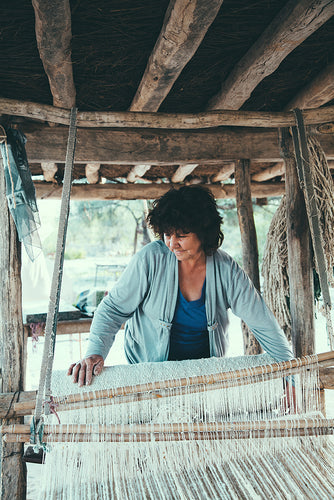 Our Artisan Partners
Our Artisan Partners
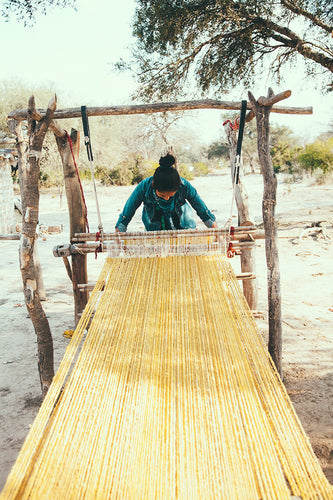 About
About
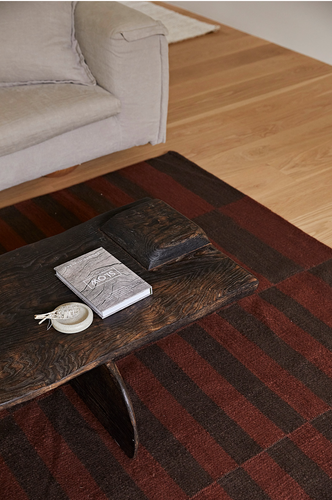 log in to your trade account
log in to your trade account
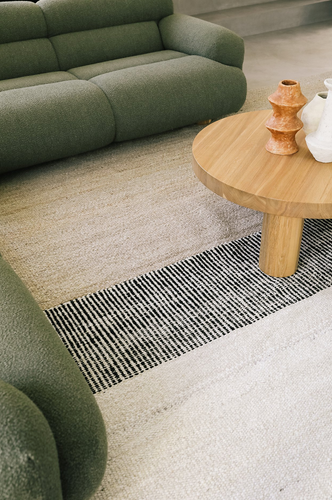 Join our trade program
Join our trade program
